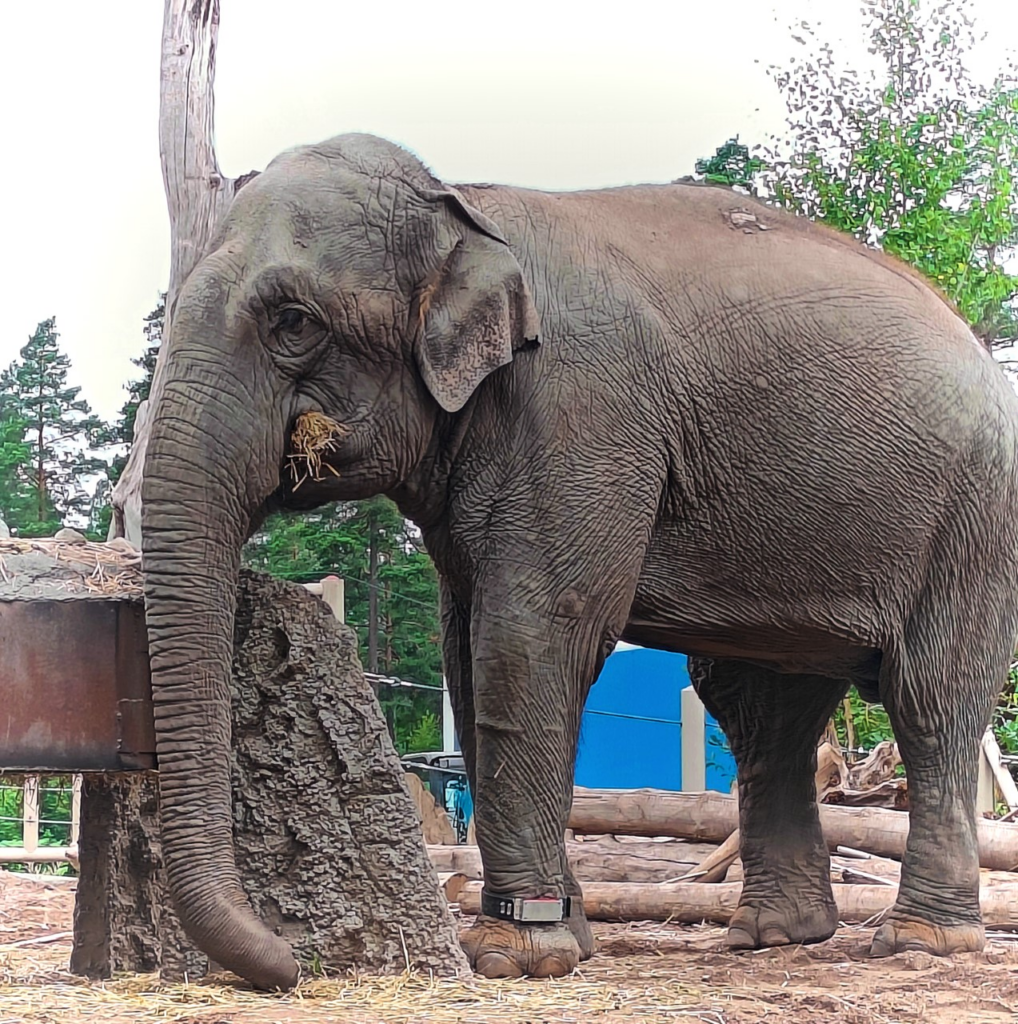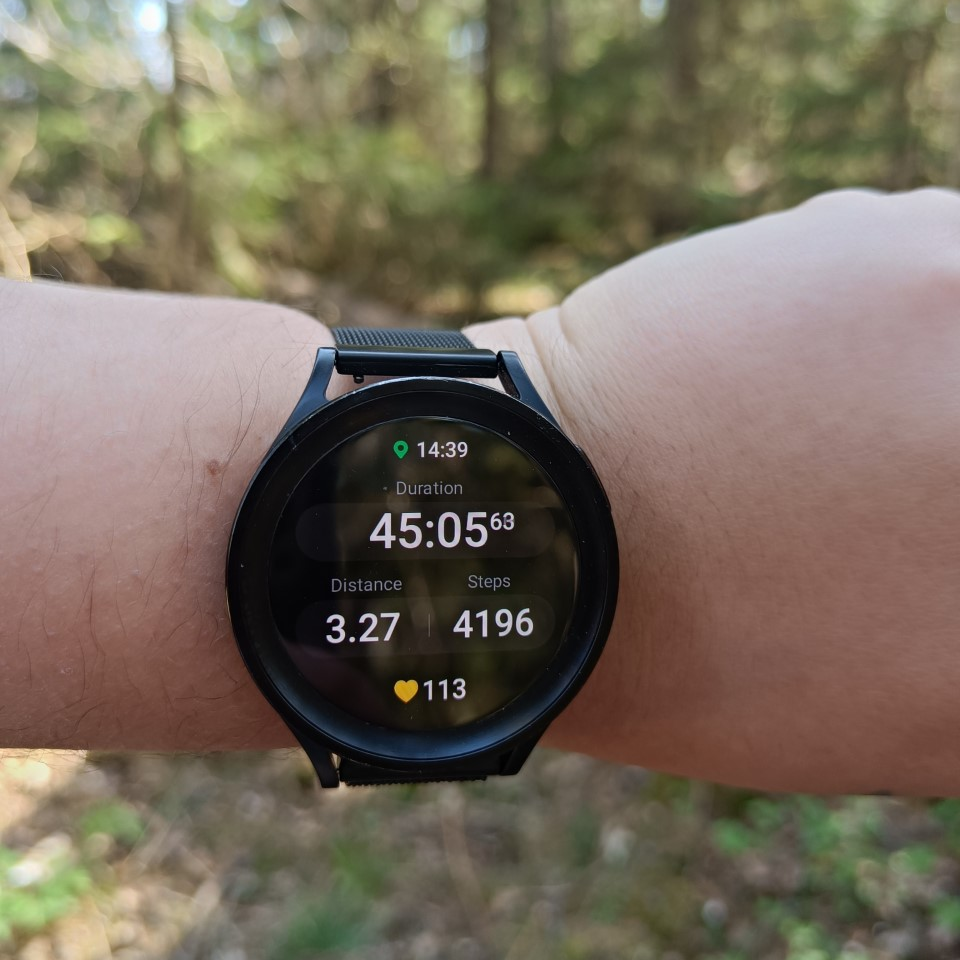Background
Activity tracking using wearable technology has proven to be an efficient and reliable way of continuously monitoring the health and welfare of humans through functions like counting the number of steps, periods of sitting still, sleeping quality, etc. Adopting such a technology to continuously monitor activity in animals may have similar results as observed in humans.
Biosensor technology like the Daily Diary tag contains sensors to perform functions like those observed in Fitbits and smartwatches. With systematic development, the technology can be developed to continuously monitor and evaluate the welfare of both animals in professional care and those in the wild, especially in species for whom our knowledge and understanding of their behaviour is limited, like the Asian elephant (Elephas maximus). This project is a first step towards exploring the possibility of adopting continuous activity tracking in Asian elephants.


Knowledge about activity budgeting and activity patterns is limited for both free-living and captive elephants. Continuous activity monitoring can help us develop tools that can further our understanding of the behaviour and activity of free-living elephant populations. An in-depth understanding of the elephants’ behaviour in the wild can also help simulate similar natural behaviours in elephants housed in human care, vastly improving their welfare.
Using wearable technology to monitor the welfare and activity of the species can reduce stress and improve the temporal efficiency of evaluating welfare compared to current methods, especially with captive Asian elephants, where collecting body fluids and excretion can be dangerous in the absence of proper enclosures and training. Wearable technology can also reduce the inconsistencies often present in behavioural observations made by non-specialist observers. It can improve our understanding of activity patterns during periods with limited staff and visitor presence.
Aim
This study attempts to develop an algorithm that can accurately detect and count steps from acceleration data obtained from an Asian elephant.